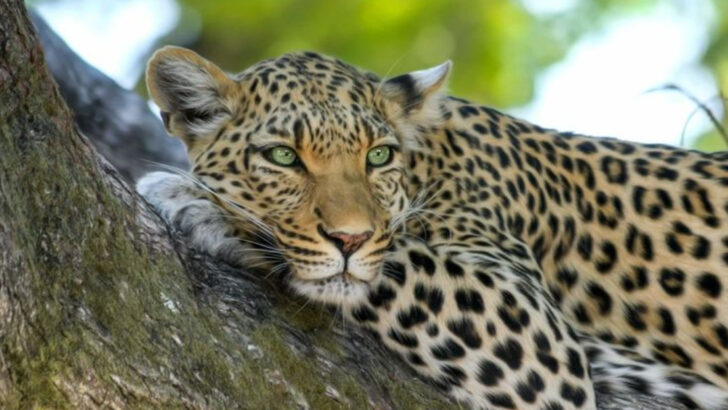Some animals want nothing to do with the group.
Others throw a party just to survive.
From fierce loners who’d rather walk the wild alone to chatterboxes that live for community, the animal kingdom is full of personality clashes. And they’re not shy about it.
Wolves run in packs. Leopards ghost through the trees alone. Meerkats post sentries. Octopuses couldn’t care less if you exist.
This isn’t just survival—it’s style. Every creature has a method, a mood, and a story.
So whether you admire the lone ranger or cheer for the team player, this list brings both to life in the wildest way.
Cheetah
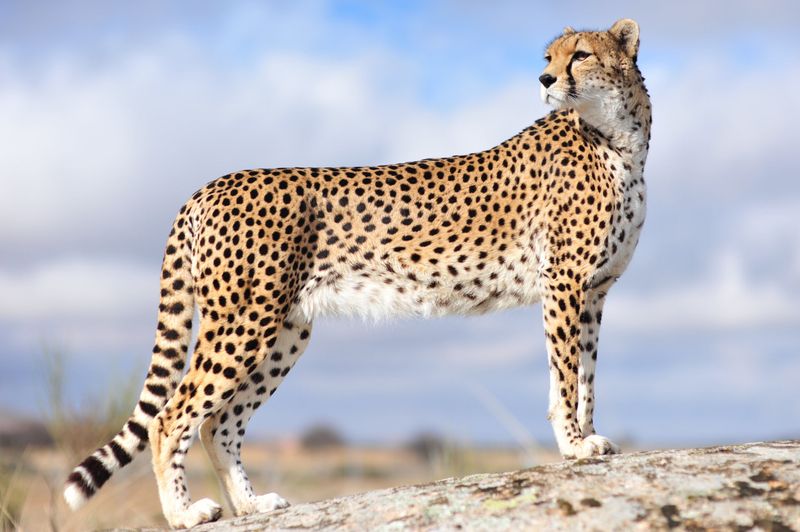
The cheetah, the fastest land animal, is a master of solitude. Unlike other big cats, cheetahs rely on speed rather than strength, and their solitary nature reflects their unique hunting strategy.
They stalk prey with patience and precision, using their incredible acceleration to outpace and capture prey. Though often solitary, cheetahs occasionally form small groups known as coalitions, typically consisting of brothers.
These coalitions represent a rare social aspect in their otherwise solitary existence, offering a glimpse into the flexible dynamics of these elegant predators.
Emperor Penguin
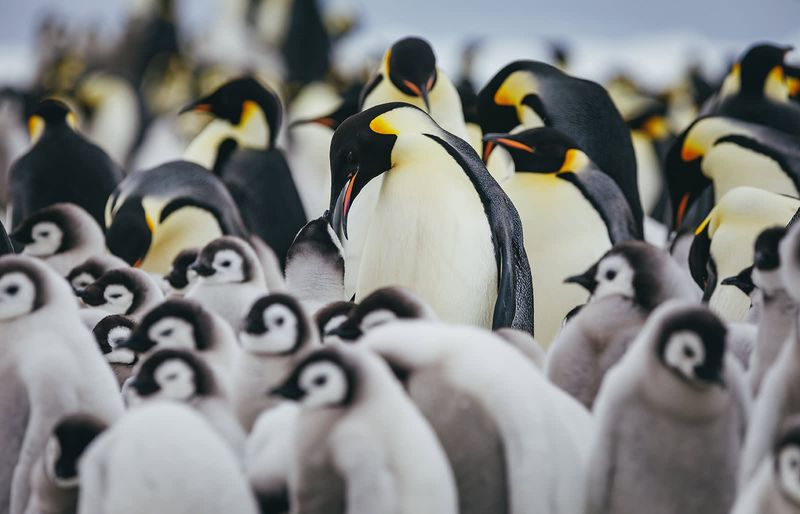
In the harsh world of Antarctica, emperor penguins exemplify the power of unity. These birds huddle together in massive colonies to brave the icy winds and freezing temperatures. Their social nature is essential for survival, as they take turns moving to the warmer center of the group.
The emperor penguin’s community-focused life is a testament to cooperation. Parents share responsibilities, protecting and nurturing their young.
This teamwork ensures the continuation of their species despite the extreme environment. The sight of hundreds of penguins huddled together is a powerful image of collective resilience.
Polar Bear
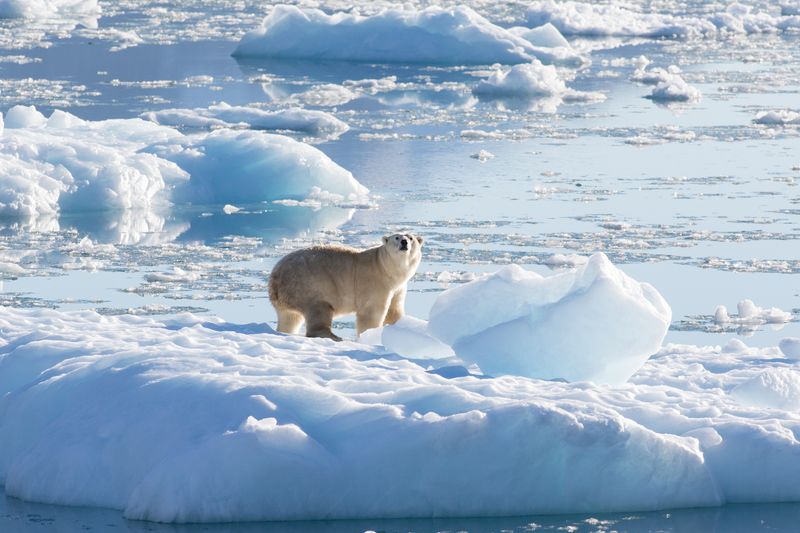
With a regal presence on the Arctic ice, the polar bear is a true solitary wanderer. Roaming vast distances, it hunts seals in isolation, relying on its strength and cunning. The bear’s white fur aids in camouflage, blending seamlessly with its icy surroundings.
While they may appear alone, polar bears are adept survivors. They can swim for miles, showcasing their powerful endurance. This solitary lifestyle is essential, as fewer competitors mean more food.
Navigating the frozen wilderness, polar bears exemplify the independence necessary to thrive in such a challenging environment.
Dolphins
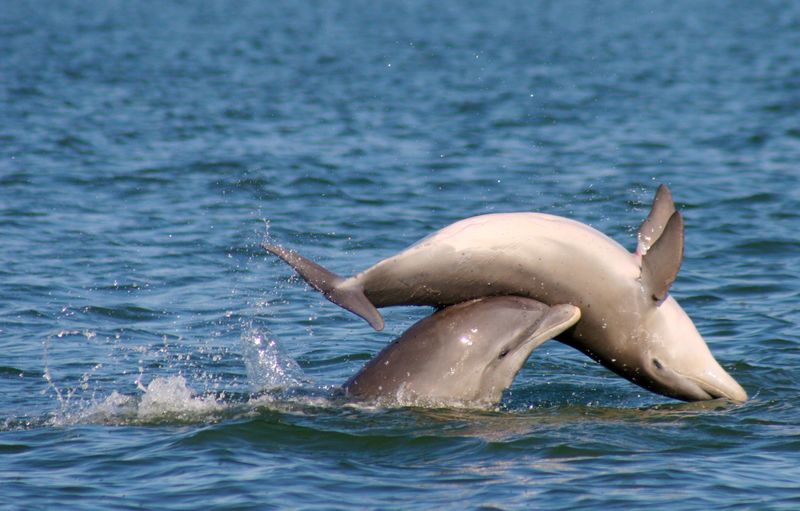
With a splash and a leap, dolphins epitomize social living in the ocean. These intelligent creatures are known for their playful nature and tight-knit pods. Communication is key as they use clicks and whistles to coordinate hunting and play.
Dolphins build strong bonds, often engaging in cooperative behaviors that enhance their survival. Their social structure allows them to protect each other and care for the young.
In the vastness of the sea, their camaraderie stands out, proving that togetherness is a powerful force. Watching dolphins interact is a joyful reminder of the importance of community.
Octopus

In the depths of the ocean, the octopus thrives alone. Known for its intelligence, this solitary creature uses camouflage and cunning to navigate underwater worlds. Its ability to change color and texture is unmatched, allowing it to blend with its surroundings effortlessly.
An octopus’s independence is evident in its hunting techniques. With dexterous tentacles, it captures prey with precision. Each arm can independently explore, making it a master of solitary exploration.
The octopus’s solitary life is a testament to adaptability, showcasing how individuality and resourcefulness are key in the marine world.
Elephants
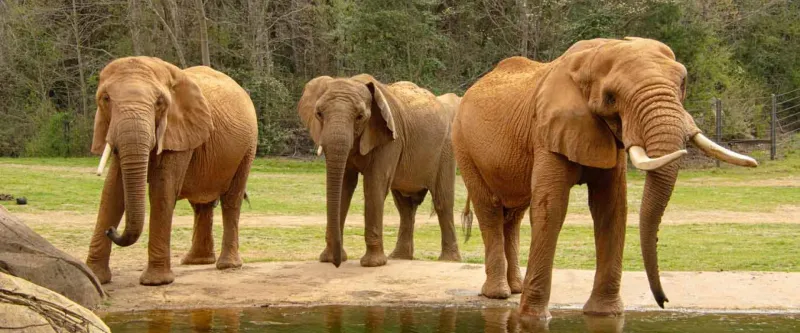
In the heart of the African savanna, elephants are the embodiment of family and community. These gentle giants thrive in herds, where social bonds are vital for survival. Matriarchs lead with wisdom, guiding their families through vast landscapes.
Elephants communicate through low rumbles and touch, reinforcing their connections. This social structure ensures the safety and upbringing of calves.
By working together, they can access water and food, demonstrating the power of cooperation. The sight of a herd moving as one is a beautiful reminder of the strength found in unity.
Tigers
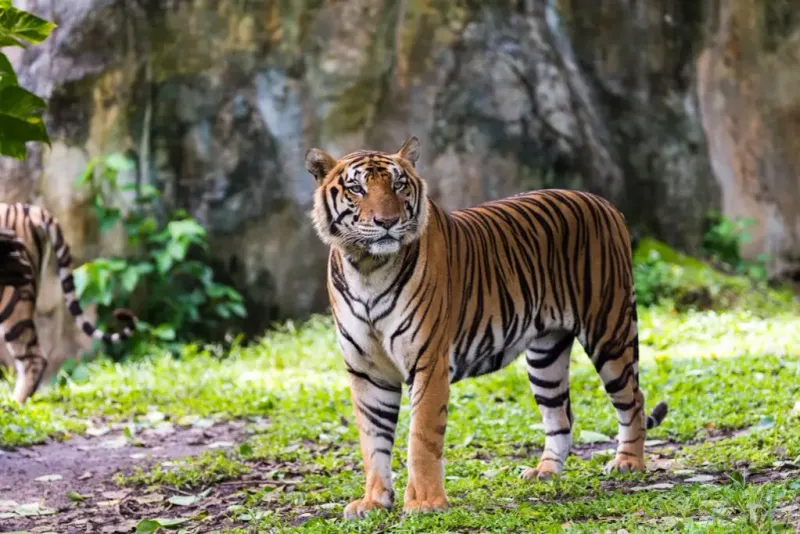
In the dense jungles, the tiger prowls with confidence. Preferring solitude, this magnificent predator relies on its strength and stealth. The tiger’s striking orange and black stripes provide camouflage, aiding in its solitary hunts.
Solitude allows tigers to claim large territories, minimizing competition. Their hunting prowess is unmatched as they silently stalk prey, showcasing their independence.
Despite their solitary nature, tigers are powerful symbols of resilience and strength. Observing a lone tiger in the wild is a breathtaking experience, capturing the essence of independence in nature.
Wolves
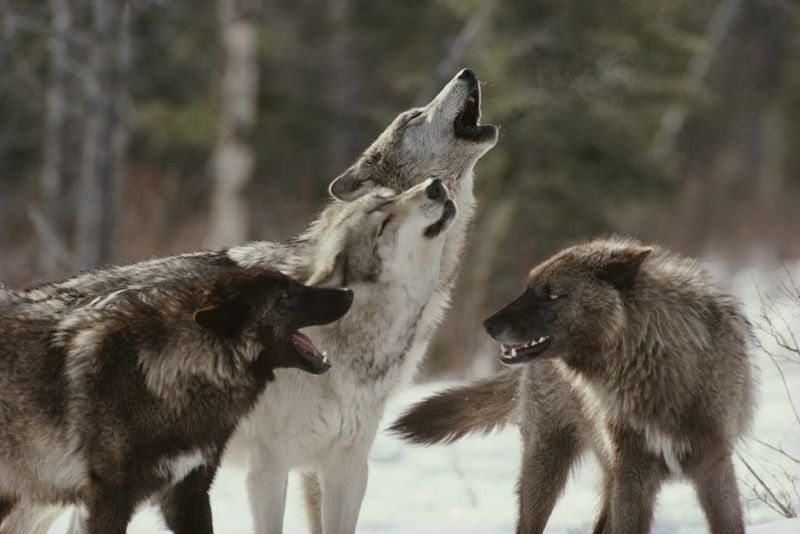
Under the moonlit sky, the haunting howl of a wolf pack echoes through the forest. Known for their social structure, wolves live in packs that rely on cooperation for survival. This teamwork enables them to hunt large prey and protect their territory.
Each wolf has a role, from the alpha leader to nurturing caregivers. Communication through howls and body language strengthens their bonds. The pack’s unity is a testament to the power of social living, enabling them to thrive in harsh environments.
A wolf pack exemplifies the harmony and strength found in togetherness.
Lynx
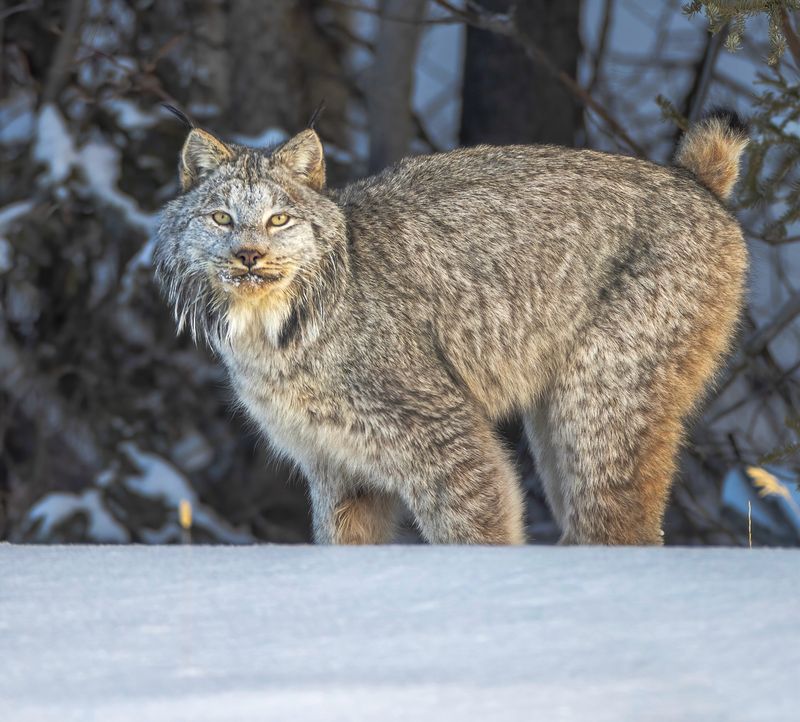
In the silent expanses of snowy forests, the lynx moves with quiet grace. This elusive feline is known for its independence, preferring a solitary existence. Its tufted ears and keen eyesight make it a skillful hunter in the wilderness.
The lynx’s solitary nature allows it to cover large territories, minimizing conflicts with others. This stealthy predator is adapted to survive in harsh conditions, showcasing its resilience.
Observing a lynx in its natural habitat is a rare and captivating sight, embodying the spirit of solitude and self-reliance.
Honeybees

In the world of honeybees, teamwork and collaboration create a well-oiled machine. With each bee playing a crucial role, the hive functions seamlessly. This social structure is key to their success, enabling efficient pollination and honey production.
Communication through dances and pheromones helps coordinate their activities. Each bee contributes to the hive’s survival, from foraging to defending against threats.
The intricate organization of a bee colony is a marvel of nature, illustrating the strength of social living. The buzz of a hive is a symphony of cooperation and productivity.
Sloth

In the tranquil canopy of the rainforest, the sloth embodies a life of deliberate solitude. With unhurried movements, this creature navigates its arboreal world, spending most of its life alone. Its slow pace conserves energy, essential for its survival.
Despite their solitary nature, sloths possess unique adaptations. Their fur hosts algae, providing camouflage, while their slow metabolism suits their solitary lifestyle.
This gentle creature finds safety in isolation, avoiding predators by blending into the foliage. The sloth’s quiet life is a lesson in simplicity and self-sufficiency.
Meerkats
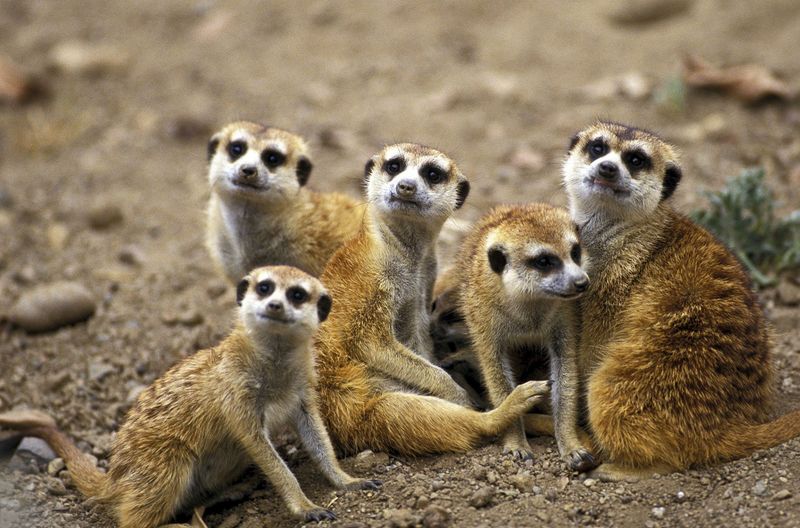
In the sunlit expanses of the African desert, meerkats exemplify community spirit. These small mammals live in tight-knit groups, where vigilance and cooperation are vital for survival. Standing on their hind legs, they keep watch for predators.
Each meerkat has a role, from babysitting young to foraging for food. Communication through chirps and calls strengthens their bonds. Their social structure ensures safety and success in a challenging environment.
Watching a group of meerkats in action is a delightful display of teamwork and collective resilience.
Koala
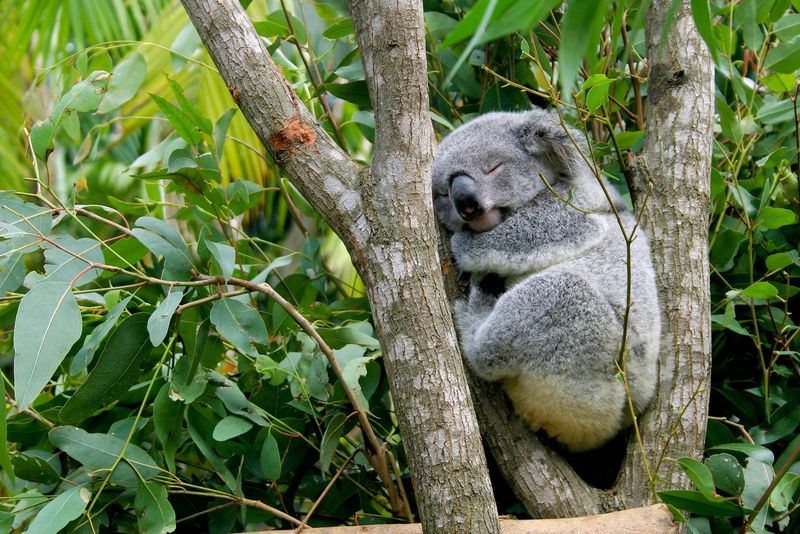
In the eucalyptus forests of Australia, the koala embodies a life of serene solitude. This marsupial spends its days nestled in trees, munching on leaves in peaceful isolation. Its solitary nature is key to its lifestyle, conserving energy through minimal movement.
Koalas have adapted to their environment with specialized diets and slow metabolisms. Each koala occupies a unique territory, reducing competition for food.
The tranquil existence of the koala is a reminder of the beauty found in solitude and self-reliance. Observing a koala in its natural habitat offers a glimpse into a quiet world.
Lions
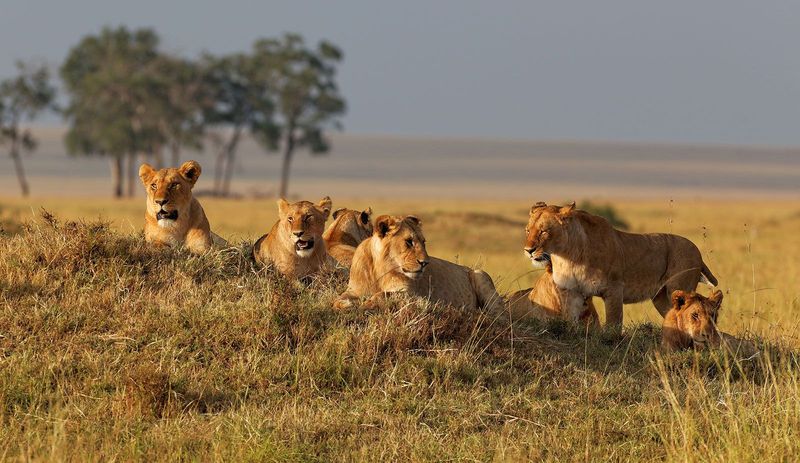
In the golden grasslands of Africa, lions are the epitome of social strength. Living in prides, these majestic cats rely on teamwork for hunting and protection. The pride’s structure ensures the safety and upbringing of their cubs.
Each lion has a role, from leading hunts to caring for the young. Communication through roars and body language reinforces their bonds.
The sight of a pride moving as one is a powerful image of unity and cooperation. Lions exemplify the strength and success that comes from living and working together.
Raccoon

Under the cover of darkness, the raccoon embarks on its solitary adventures. With a curious nature, this nocturnal creature explores suburban backyards and forests alike. Its dexterous paws and keen senses enable it to thrive alone.
Raccoons are adaptable, finding food and shelter in various environments. Solitude allows them to navigate urban landscapes with ease. Their independence is a testament to their resourcefulness, as they overcome obstacles with clever solutions.
Observing a raccoon on its nighttime explorations is a glimpse into the life of a solitary survivor.
Chimpanzees
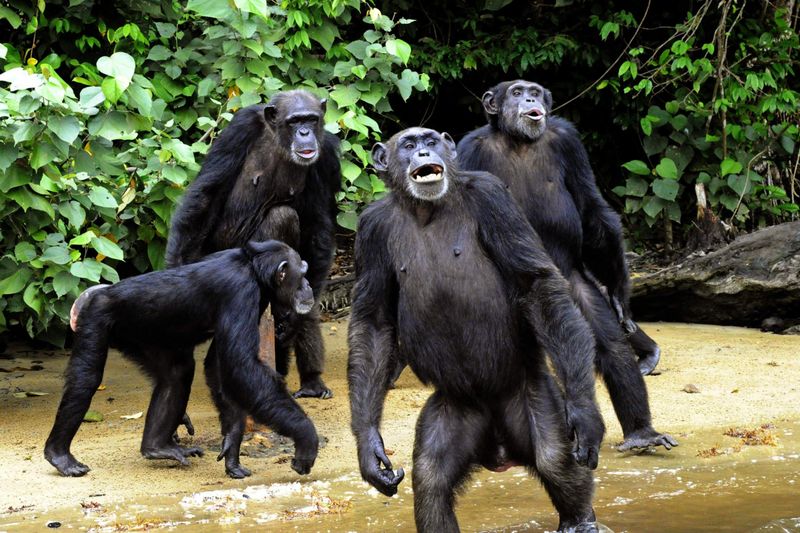
In the dense forests of Africa, chimpanzees showcase the complexity of social structures. These intelligent primates live in communities where bonds are formed through grooming and play. Family ties and friendships are key to their social life.
Communication through vocalizations and gestures strengthens their connections. The group’s cooperation aids in hunting and protection, ensuring survival. Watching chimpanzees interact offers insights into the depth of their social world.
Their community life is a reflection of the intricate relationships that define their existence.
Leopard

In the sprawling savannas, the leopard reigns as a solitary hunter. These stealthy felines prefer the cover of trees, where they rest and observe their surroundings. Their spotted coats provide excellent camouflage, aiding in their solitary pursuits.
Leopards are masters of stealth, relying on their solitary nature to hunt efficiently. They claim large territories to minimize competition and ensure access to prey.
The independence of the leopard is a testament to its adaptability and strength, thriving in diverse environments across Africa and beyond.
Ants
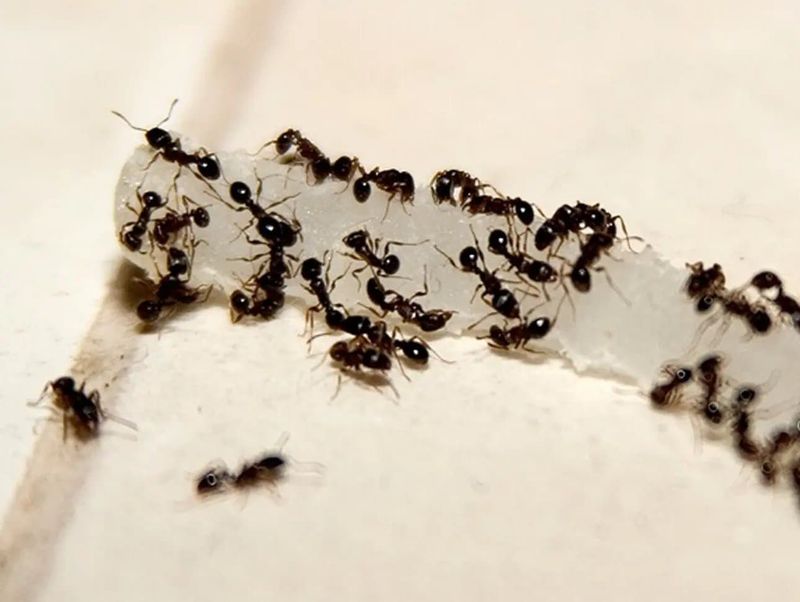
In the bustling world of ants, community is everything. These tiny insects thrive in colonies where each ant has a specific role. Their social structure allows for efficient foraging and nest-building.
Communication through pheromones coordinates their activities, ensuring the colony’s success. Ants demonstrate the power of collaboration, working together to overcome obstacles and protect their queen.
The intricate organization of an ant colony is a marvel, showcasing the strength found in numbers. Watching ants in action reveals the wonders of teamwork and cooperation.
Panda
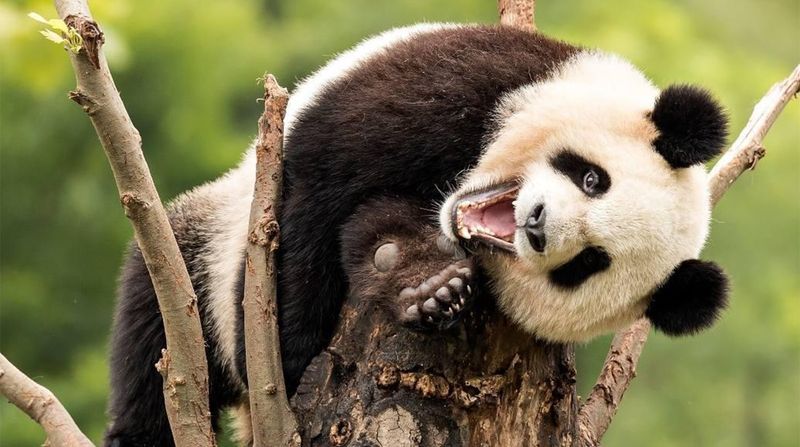
In the serene bamboo forests of China, the panda leads a solitary life. With a diet focused on bamboo, these gentle giants spend their days in peaceful isolation. Their solitary nature is a result of their specialized diet and habitat.
Pandas are adapted to their environment, relying on their keen senses to find food. Solitude allows them to navigate their world without competition.
Observing a panda in its natural habitat is a tranquil experience, highlighting the beauty of solitude and self-sufficiency in the wild.
Baboons
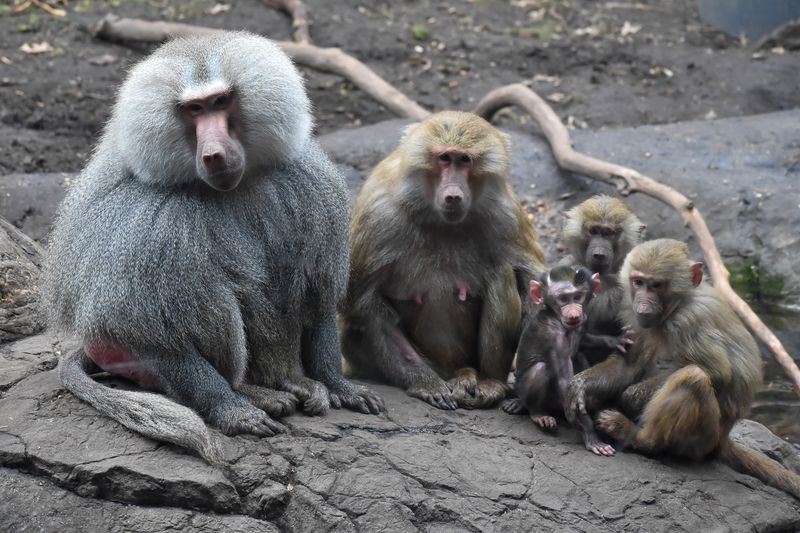
In the rocky landscapes of Africa, baboons are a testament to the strength of social bonds. These primates live in troops where interactions are crucial for survival. Grooming and playing strengthen their ties, creating a cohesive social structure.
The troop’s cooperation aids in protection and resource sharing. Communication through vocalizations and body language enhances their coordination. Witnessing a troop of baboons in action offers insights into their complex social world.
Their community life is a reflection of the importance of relationships in nature.
Eagle

High above the mountains, the eagle soars in majestic solitude. Known for its keen eyesight and powerful flight, this bird of prey hunts alone, relying on its strength and precision. The eagle’s solitary nature is a hallmark of its independence and prowess.
Solitude allows eagles to claim expansive territories, minimizing competition for food. Their ability to soar for miles in search of prey highlights their endurance and skill.
Observing an eagle in flight is a breathtaking sight, capturing the essence of freedom and self-reliance in the animal kingdom.
Horses
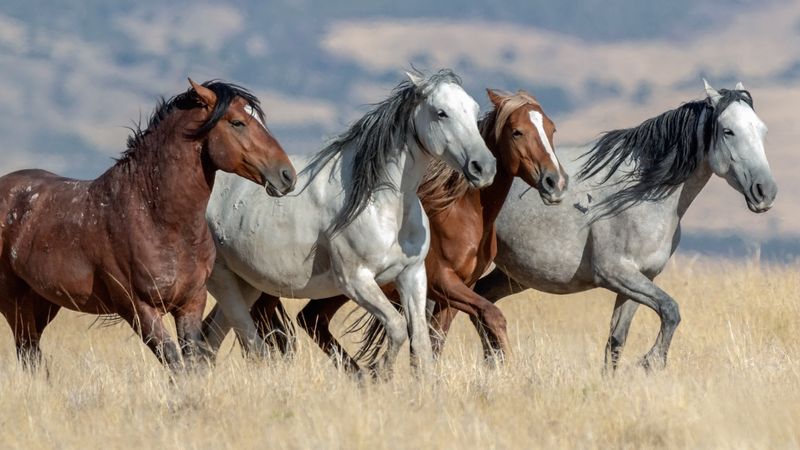
In the vast open plains, wild horses thrive through social living. These majestic animals form herds where cooperation and communication are vital. The herd’s structure ensures protection against predators and guides their migration.
Horses communicate through body language and vocalizations, reinforcing their bonds. This social life provides companionship and security, showcasing the importance of community.
Watching a herd of horses in motion is a stirring image of unity and freedom, reflecting the strength found in togetherness in the wild.
Bear
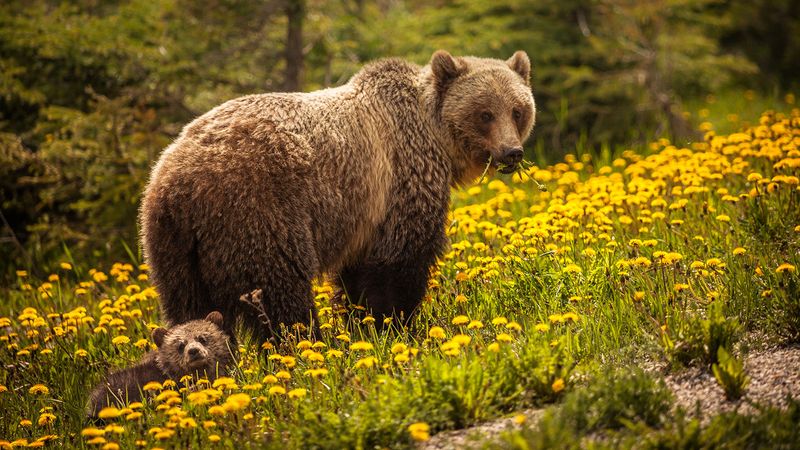
In the dense forests and rugged terrains, bears are the epitome of solitary strength. With a keen sense of smell and powerful physique, they hunt and forage alone. Solitude allows bears to cover large territories and access ample resources.
Bears are adaptable, navigating diverse environments with ease. Their solitary lifestyle is a testament to their resilience and independence.
Observing a bear in its natural habitat is an awe-inspiring experience, highlighting the power and grace of a solitary existence in the wild.
Red Fox
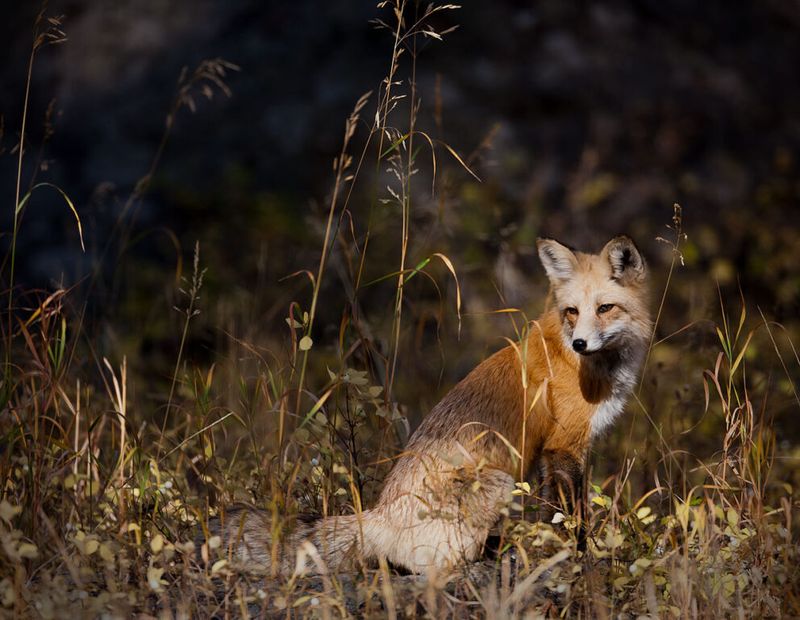
The red fox, with its fiery fur and cunning eyes, is a quintessential solitary traveler of the wild. Known for its adaptability, it roams alone through forests and fields, hunting small prey with precision.
Unlike many animals, the red fox prefers solitude, relying on its wit and stealth to survive. It is a master of blending into its environment, often going unnoticed by larger predators.
Did you know? The red fox can make over forty different sounds. This vocal versatility adds to its enigmatic aura, making it a true solo star.
African Wild Dog
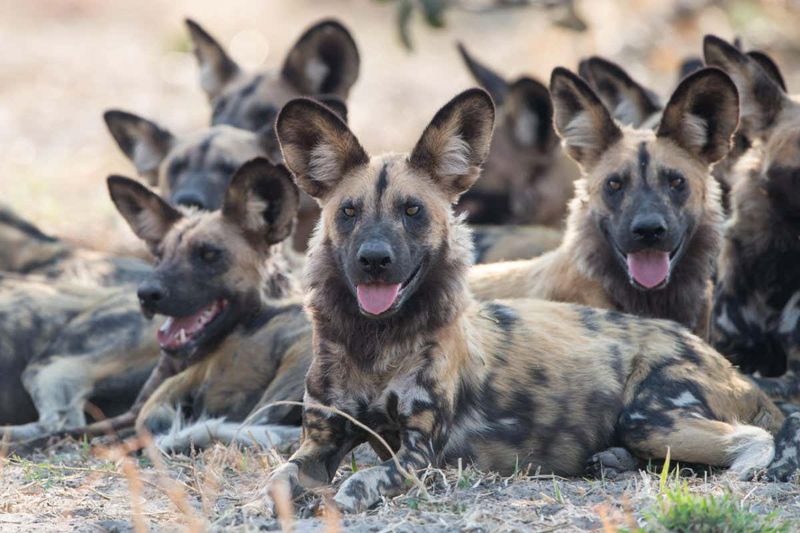
The African wild dog thrives on social interaction and teamwork. Known for their exceptional hunting tactics, these animals rely heavily on their pack for survival. Each member plays a crucial role in maintaining the group’s cohesion.
Their mottled coats and large, rounded ears are as distinctive as their behavior, always moving together as one unit. This species is a testament to the strength found in unity.
Fun fact: African wild dogs have the highest success rate in hunting among predators, thanks to their cooperative nature and strategic approach.
Jaguar
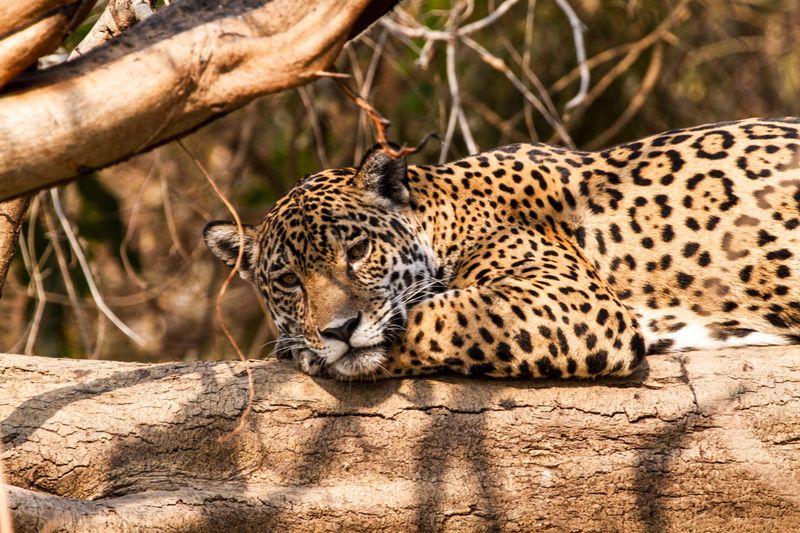
In the heart of the rainforest, the jaguar stands as a solitary force of nature. With its powerful build and stunning spotted coat, this big cat thrives alone, ruling its territory with silent authority.
Jaguars are elusive and rarely seen in groups, emphasizing their preference for solitude. They are adept swimmers, often taking to water to hunt or cool off.
Interesting tidbit: Jaguars have the strongest bite of any big cat, capable of piercing through turtle shells, highlighting their solitary prowess in the animal kingdom.

